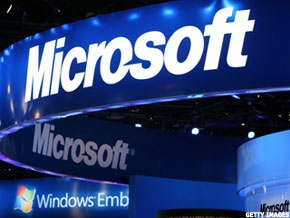Yahoo!'s Bartz Has a Lot of Work to Do
RealMoney Contributor
9/30/2010 5:00 PM EDT
Click here for more stories by Eric Jackson
After a year and a half, there are two certainties about Carol Bartz's tenure as CEO of Yahoo!: 1.) She's never at a loss of confidence or words defending her actions, and 2.) People keep quitting on her.
In fact, we've all lost track of the number of departing Yahoo! execs over the years. Bartz boosters dismiss the "fascination" that business blogs and others have had with all the people quitting the company. The party line from Yahoo! on the mass departures has been, "We didn't let the door hit their backsides on the way out. These guys were merely another example of the deadwood who didn't cut the mustard on the USS Carol."
No investors complained publicly about this disturbing quitting trend, although I can't say that really surprises me, because no one complained about Terry Semel and the general downward spiral of the company years ago, which inspired me to lead an activist campaign.
Yet the latest news out of Sunnyvale, Calif. -- broken by Kara Swisher last night -- is very odd and worrisome for investors. Three high-level executives, including the best-known remaining Yahoo! executive, Hilary Schneider, are leaving tomorrow.
These are senior people, and they're leaving together. These employees really want to send a signal about how unhappy they are with Bartz's leadership by coordinating to leave at exactly the same time. Maybe it's a mutiny. If not, they could have staggered their departures, just as all the other Yahoo! people have done in the past three years.
....



